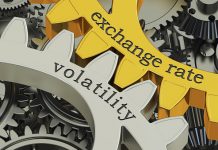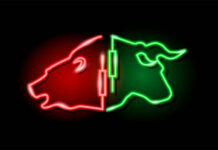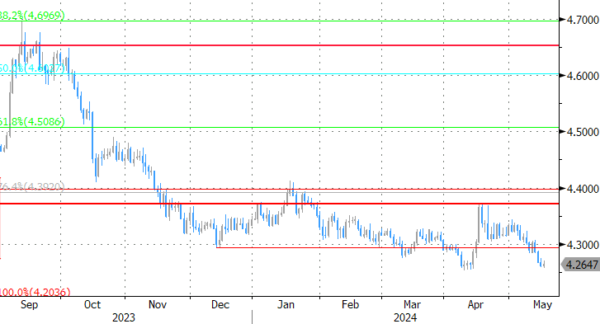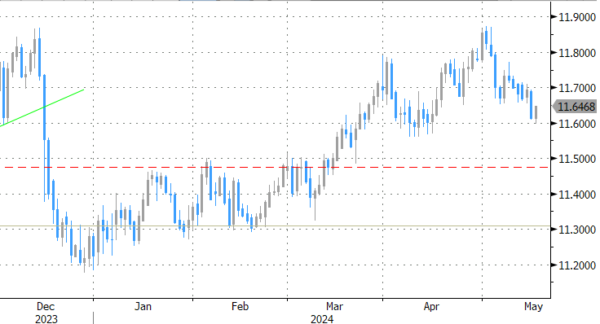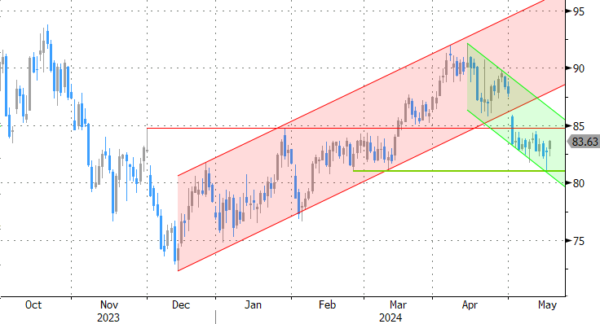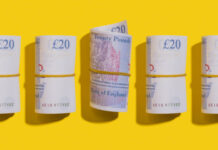Markets
Since the May 1 Fed decision/communication dominos fell in place for markets to embrace a correction on the April higher-for-long rally in US (and broader) yields. Despite US inflation holding sticky, Fed Chair Powell ‘reassured’ markets that policy was tight enough. Slow progress in inflation only caused to Fed to delay a first rate cut. A rate hike remains highly unlikely. Most activity data (payrolls, retail sales) and sentiment indicators (ISM’s, Michigan consumer confidence, Empire manufacturing) printed softer than expected post-FOMC, suggesting no need for the Fed to slow demand even further. Indicators of inflation expectations admittedly showed no one-on-one link between a (presumed) slowdown in activity and a further deceleration in inflation. Still markets were happy to read some further softening in prices pressures in yesterday’s April CPI report, even as it was close to expectations. After yesterday’s additional softening, the market correction finally reached technical and ‘logical’ barriers, suggesting some consolidation. The US 2-y yield tested the 4.7% area, starting point of the yields’ ascent post the March US CPI release and revisited after the payrolls. After the recent correction, it probably won’t be that easy for the 2-y yield to decline aggressively further with markets again fully discounting a first Fed rate cut in September, with additional easing also priced in toward the end of the year and in 2025 (4% end next year?). The 10-y yield is at risk of closing the week below 4.37% (38% retracement rise since late December). Today’s US data were mixed. Jobless claims (222k) remained slightly higher than what we got used to up until recently. Housing starts and building permits were below consensus and the Philly Fed business outlook also declined more than hoped for. Admittedly, US import and export prices rebounded more than expected. US bond markets for now didn’t draw any big directional conclusion. The US yield curve inverts slightly with the 2-y adding 5.5 bps and the 30-y little changed . In a Reuters interview, NY Fed president Williams sees the economy moving to a better balance, but it’s too soon to cut rates based on these data. Several other Fed policy makers will speak later today. German yields are gaining modestly (1.5-3.5 bps). Equities are taking a breather after nearing (Eurostoxx 50) or touching (US indices) peak levels yesterday. (EuroStoxx 50 -0.4%, S&P 500 +0.1% ). The dollar shows signs of bottoming. DXY rebounds to 104.50 (104.11 this morning). EUR/USD’s test of the 1.0885/1.0895 area is rejected (1.0865). Reprieve for the yen from the broader USD correction again proved short-lived. USD/JPY easily rebounds to 155.4 (153.6 this morning).
News & Views
Norway’s economy grew for a fourth quarter in a row in 2024Q1. Norwegian mainland GDP (ex-energy) rose 0.2% q/q following an upwardly revised 0.3% in 2023Q4. While topping the Norges Bank’s projection for a stagnation, some details take away some shine. Household consumption, for one, dropped 0.7%. A steep 2.2% drop in goods consumption was only partially offset by increased services spending (0.2%). Gross fixed capital formation fell sharply, also outside of housing, Norway Statistics noted, adding that the numbers can be volatile. Government consumption rose 0.5% while a sharper uptick in imports (1%) than in exports (0.4%) meant a negative contribution from net exports. Either way, the economy keeps humming along and seems to vindicate the Norges Bank at the May meeting. It then said that “The data so far could suggest that a tight monetary policy stance may be needed for somewhat longer [beyond autumn] than we envisaged in March”, more so against the backdrop inflation still stays well above the 2% target. The krone does lose some marginal ground after hitting a speed bump around EUR/NOK 11.6 in the previous days.
Polish core inflation eased as expected from 4.6% to 4.1% in April in what could be the last base effect driven drop for months to come. Monthly dynamics showcase ongoing strong price pressures. Depending on the gauge, core prices rose between 0.7 and 1.2% m/m, the fastest pace in about a year. These kind of numbers and the expected core CPI trajectory going forward are unlikely to sway already hawkish NBP policymakers towards a rate cut anytime soon. Most of them consider end this year as the earliest possible timing with the beginning of 2025 the more probably option. The Polish zloty as a result continues to trade strong with EUR/PLN hovering near multiyear lows around 4.26.
Graphs
EUR/PLN: zloty holding near strongest levels since early 2020 as sticky inflation suggests persistent interest rate support.
US 2-y yield holding above 4.7% support area as quite some Fed easing is already discounted after the recent market easing.
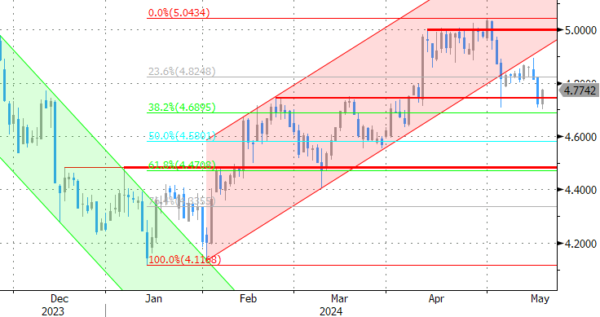
EUR/NOK: NOK recently profited from global risk rally. Decent data suggest NB won’t be in a hurry to cut rates anytime soon.
Oil (Brent) tries to avoid a break lower as markets still ponder the demand outlook.
